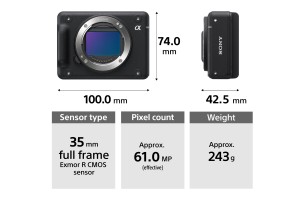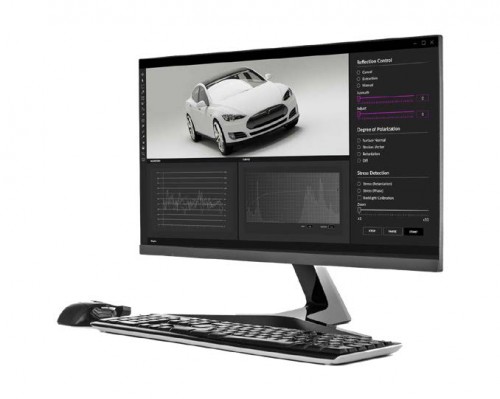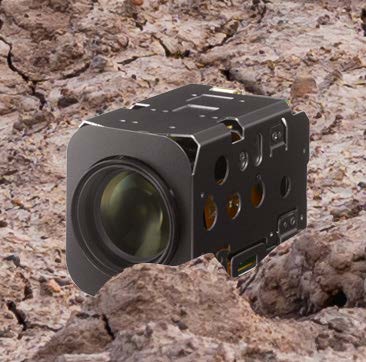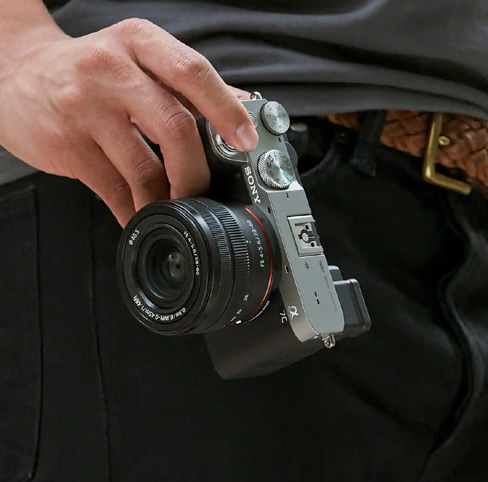
The Evolution of Image Sensing in UAVs
Drones have come a long way from the early days of being hobbyist toys used to experience the excitement and challenge of controlling a flying machine. Nowadays, they are serious pieces of equipment, finding multiple applications in many sectors, from utilities and agriculture to defense.Indeed, according to the Drone Manufacturers Ranking 2022 report, the commercial drone market has reached a stage of high technological sophistication, with the fleet growing massively. "The hype of recent years has faded", says the report, "and it is clear now that drone technology is here to stay since it offers very practical solutions to real-life problems."
Technological development
The evolution of onboard image sensors characterizes this technological development and adoption journey. From the 2000s onwards, early drone cameras suffered from poor limited resolution versus weight of the sensor itself, and thus, their image quality was restrictive and only used for basic photography.
Improvements in resolution and the integration of stabilization systems enhanced the overall quality of aerial results. Sensor development led to improved low-light performance and dynamic range before the introduction of advanced systems such as HDR, thermal and multispectral cameras saw capability take another leap forward.
One trend that has remained constant throughout the technological evolution of image-sensing solutions on drones is light-weighting. When considering drone performance, there is an inherent trade-off between two factors influencing every design: payload versus flight time. The more payload is added to a vehicle; the more thrust is required to keep the machine in the air. This, in turn, needs more power or even bigger batteries, reducing flight time. Battery replacement also equals operational time loss, which can decrease revenues and profits.
For example, data recorded from a popular professional and industrial drone model from one of the leading drone manufacturers showed a flight time reduction of roughly 16% when the payload was increased from 0.2kg to 1kg. Another similar model recorded a 15% flight time reduction when the payload was increased from 0.2kg to 1.0kg.
Ultimately, the specific trade-off between payload weight and flight time will depend on the drone's intended usage and the design choices made by the OEM. However, drone manufacturers have consistently demanded the miniaturization of components, more advanced materials selection, more integrated systems, and more streamlined designs to achieve weight reduction. The challenge for engineers has been to achieve these advances in tandem with improvements in image quality and functionality.
Rugged and compact cameras
So where has this endeavor got us? The latest high-resolution camera for drone applications – ILX-LR1 – successfully combines performance with low weight. This means an interchangeable lens camera with an approximately 61-megapixel 35 mm full-frame image sensor, and continuous shooting capability, such as three frames per second, can be offered in a small yet rugged unit. Typically, such a camera can be just 3.94 inches in width, x 2.91 inches in height, and x 1.67 inches in depth, weighing approximately 0.53 lbs.
The ILX-LR1 captures high resolution, low noise and wide dynamic range images that reveal fine details like small scratches and cracks during inspection and investigation. The new integrated image ID function supports precise geo tacking with GPS. For versatility, it is compatible with a wide range of E-mount lenses that allow for the selection of the most appropriate lens based on the project, so a single picture taken from high altitude can replace several pictures from a lower resolution camera.
Meanwhile, Sony Camera Remote SDK gives remote users access and the ability to control the camera’s menus and other functions from their own software applications. By integrating an API into the system, it becomes possible to remotely control the camera from the user’s system, allowing for camera settings changes, shutter release, live view monitoring, and more. Also, customer’s applications can link unique image IDs with drone position data in post-processing. The images can be taken with a trigger signal so that the latency of each image and drone position data is minimized.
Such capability in a small box-shaped device is an ideal solution for the drone market. A compact, lightweight, full-frame camera that prioritizes image quality and offers remote capabilities means onboard image sensing for drones has taken another step forward – on what is an ever-evolving journey of technological development.



